Explore Da Nang's vibrant culture and stunning landscapes at Marble Mountains and My Khe Beach. Join the journey today!
GVI
Posted: October 2, 2024

Lauren Melnick
Posted: June 17, 2024
Peru is home to a vast array of landscapes, cultures and wildlife. Peru’s history dates back thousands of years, which means that there are plenty of opportunities to learn more about local cultures. Ready to learn more about this South American destination?
Then let’s go!
Did you know that if you travel to Peru you could see some of the world’s most well-known historical architectural features, like Machu Picchu, as well as plant and wildlife species found nowhere else on earth – like the Peruvian sundew?
All of this combined makes Peru one of the most interesting places to volunteer in Latin America.
Here are some of the most interesting facts about Peru.
General facts about Peru
Spanish, Quechua and Aymara are all official languages in Peru.
Spanish is the most widely spoken of the three, with over 80% of Peruvians speaking this language.
But these languages are only the tip of the linguistic iceberg in this South American country.
Once you travel towards the Amazon Jungle, the people local to this region speak an additional 13 languages. Impressive, right?
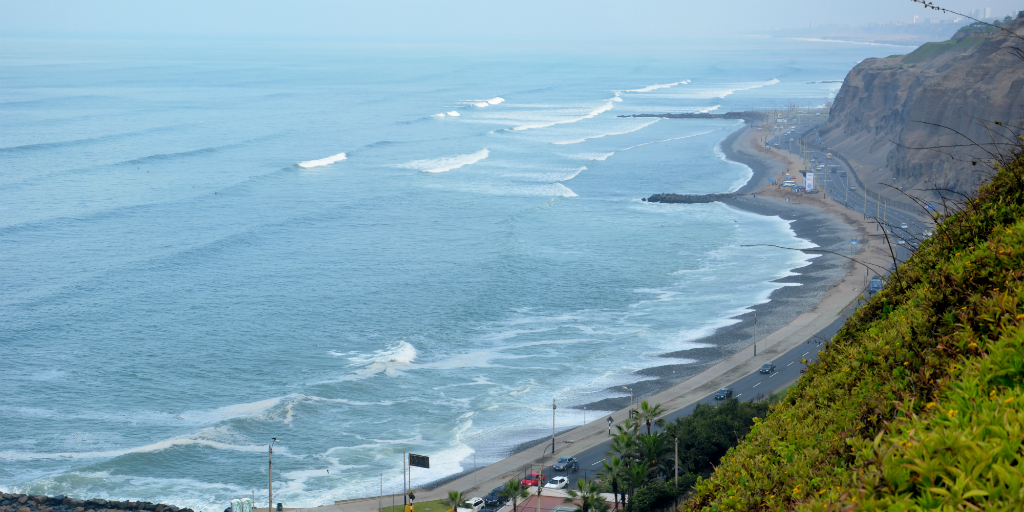
Original image: Lima by Christian Córdova is licenced under CC BY-SA 2.0
Prior to Spanish colonisation, the region now known as Peru was part of the Inca Empire, called Tahuantinsuyo. The most important city in the empire was Qosqo (or Cusco), which means “navel of the world”. Tahuantinsuyo was the largest empire in the Americas at that time, reflecting the significance of the city’s name.
In 1535, Francisco Pizarro, a Spanish explorer and coloniser of the sixteenth century, founded the city of Lima to serve as the administrative centre for Spanish colonial rule. Today, Lima remains the capital of Peru.
Today, Lima is home to a third of Peru’s population.
Most visitors to Peru will skip Lima in their excitement to get to Cusco and Machu Picchu. But, Lima has so much to offer to travellers, including the different architectural styles visible in the city centre.
There are more than 34 million people currently living in Peru.
This population is made up of groups from different cultures and backgrounds – including the Uros people, many of who live on islands built of reeds in Lake Titicaca, and the Mashco-Piro tribe, which lives in the Amazon rainforest.
These communities have inhabited the land for over five centuries.
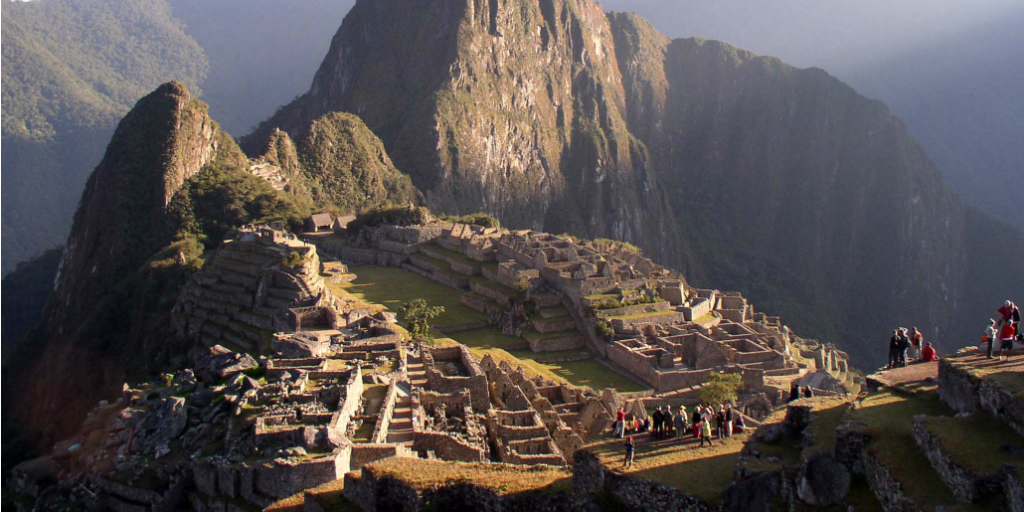
Original image: Machu Pichu, Peru by YoTuT is licenced under CC BY-SA 2.0
Erected in the fourteenth century, Machu Picchu – a fortress built by the Incas – lies more than 2,000 metres above sea level in the Sacred Valley of Peru. The Inca city was “lost” for over 400 years following the Spanish conquest of Peru. It was rediscovered in 1911 by explorer, professor, and archaeologist Hiram Bingham.
Today, Machu Picchu is recognised as a designated UNESCO) World Heritage Site, celebrated for its historical and cultural significance.
Adventurous travellers from all over the world head to Peru each year to take on the Inca Trail – a renowned four-day hiking route across the stunning Andes mountain range, culminating at the breathtaking Machu Picchu.
So, what makes Machu Picchu such a big deal? Well, it’s like a time capsule of Inca architecture and Peruvian history all rolled into one amazing place.
Back in 2007, Machu Picchu – often called the “Lost City of the Incas” – was voted as one of the New Seven Wonders of the World.
Archaeologists have learned that the fourteenth century Incas had an excellent understanding of the alignment of the stars.
The civilisation built each sun temple and the sacred Intihuatana stone to line up with the sun for each solstice.
Despite the fact that Machu Picchu is made up of many stones weighing over 23 kilograms, no wheels were used to transport these rocks up the mountain. It is believed that hundreds of men pushed rocks up the steep mountainside to build this wonder of the world.
The Cerro Blanco sand dune is the second-highest in the world, towering over the Sechura Desert at 1,176 metres.
The sand dune is located 14 kilometres east of the city of Nazca, so excursions to see the dune are usually organised from there.
When you arrive at the dunes, you can hire a dune buggy or sandboard, and spend hours sliding down one of the largest natural wonders in the world.
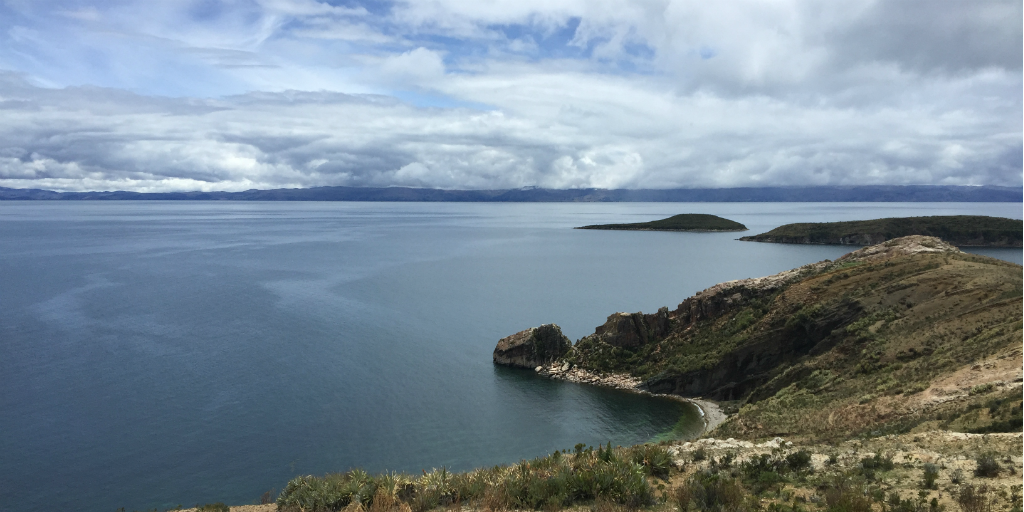
Original image: Lake Titicaca, Bolivia by Jan Beck is licenced under CC BY-SA 2.0
Located between Bolivia and Peru, Lake Titicaca has an elevation of 3,810 metres above sea level.
But that’s not the only thing that makes this natural wonder stand out.
In the 1970s Jacques Cousteau, a French conservationist, found ruins of a city beneath the surface of Lake Titicaca.
Today, the descendants of the Quechua people who called this lost city home, live on 120 self-made floating islands on the lake.
The Cotahuasi Canyon has a depth of more than 3,500 metres.
To put this into perspective, this canyon is twice the depth of the United States’ Grand Canyon.
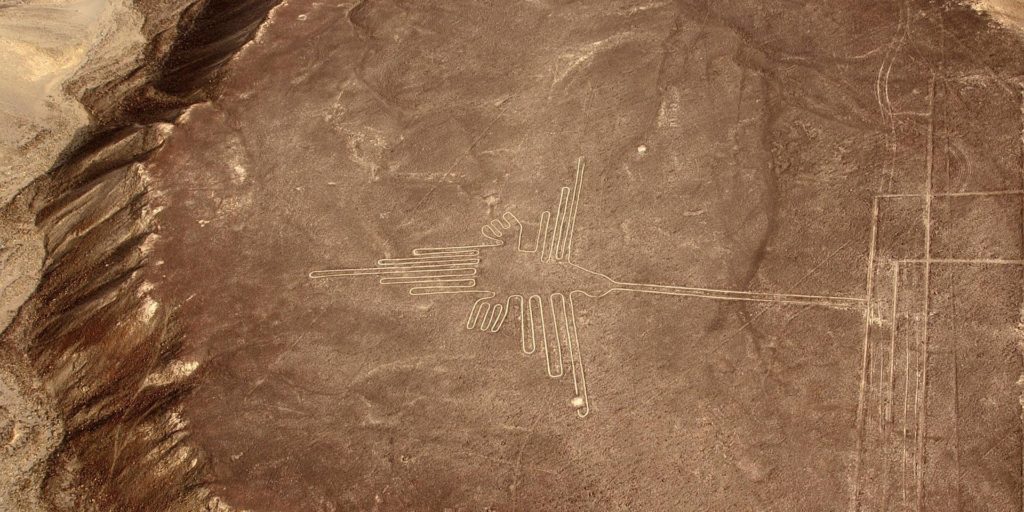
Original image: By Monikawl999 is licenced under Pixabay
The Nazca Lines are a display of more than 70 giant human and animal geoglyphs – works of art made by rearranging objects within a landscape.
These images are scrawled across the Peruvian terrain near the city of Lima.
They were first brought to the public’s attention by a Peruvian archeologist in 1927.
Today, these lines in the desert plateau between Nazca and Palpa are considered one of the world’s greatest archaeological mysteries.
Some people believe that the Nazca Lines are an ancient alien landing strip, while others think it forms part of a sophisticated astronomical calendar.
Did you know that Peru is considered one of the top foodie destinations in the world?
Michelin-star chefs from many different countries fly to Lima and Cusco to learn how to master their trade.
Need more proof about Peru’s gastronomic clout?
In 2023, Peru earned two prestigious awards at the World Travel Awards, solidifying its reputation as a top destination. Peru was crowned the World’s Leading Culinary Destination and the World’s Leading Cultural Destination, cementing its status as a top spot for travellers worldwide.
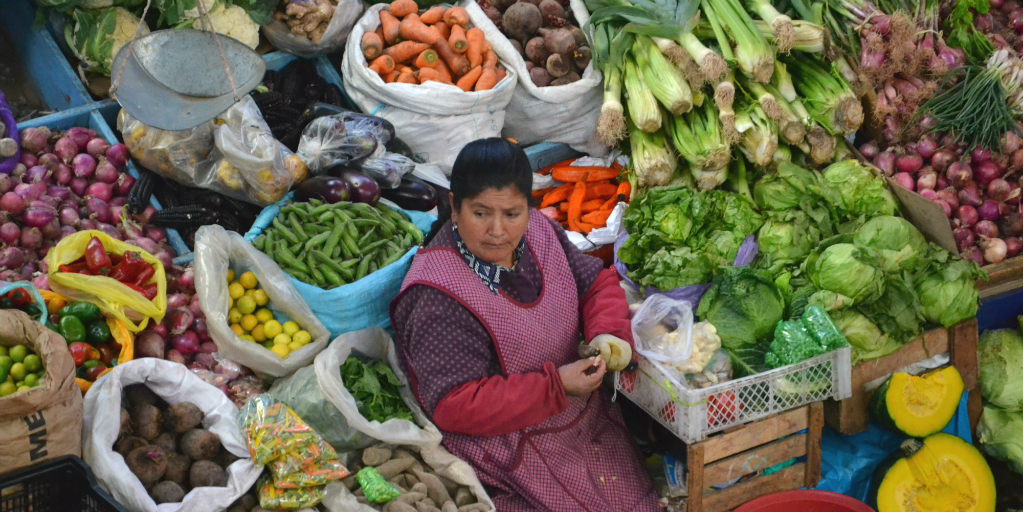
The potato is a superfood, containing almost every kind of vitamin you need. It’s birthplace? Peru.
When you visit Peru, be sure to sample some of the diverse potato dishes. Enjoy causa rellena, layered mashed potatoes with chicken or tuna. Or try papas a la huancaina, boiled potatoes with spicy cheese sauce. For comfort food, go for papas con queso, potatoes in rich cheese sauce.
Ever heard of the camu camu fruit?
It grows in the Amazon rainforest and has a higher concentration of vitamin C than any other food in the world.
So, if you’re feeling a little jet-lagged after arriving in Peru, stop by the local supermarket, purchase a camu camu and take a bite to give your immune system a much-needed boost!
If you’re volunteering in Peru during an important cultural festival, keep a lookout for cuy. Cuy is a traditional dish that’s made from roasted guinea pig.
For the adventurous eaters that try this delicacy, it’s worth knowing that guinea pig meat is an even healthier choice than llama meat – and it contains even more protein.
Pisco sour is a Peruvian brandy that is mixed with lemons, sugar, water, egg whites, ice and bitters.
It was invented in the early 1920s by an American bartender. You can also try a version of the drink called chilcano, which is made without the egg whites.
The Andean condor is native to the Andes mountain range in Peru. It has a wingspan of 3.2 metres, stands at 1.2 metres tall and can weigh up to 15 kilograms. Because of their large size, these birds like to live in windy areas like Peru’s Colca Canyon, where they can use the air current to glide for hours with minimal effort.
The bird features on four national shields: Bolivia, Chile, Colombia and Ecuador.
The Andean condor is listed as “vulnerable” on the International Union for Conservation of Nature (IUCN) Red List of Threatened Species. They are under threat due to poisoning, habitat loss, illegal hunting and the wildlife trade, as well as increased competition for food by feral dog populations.
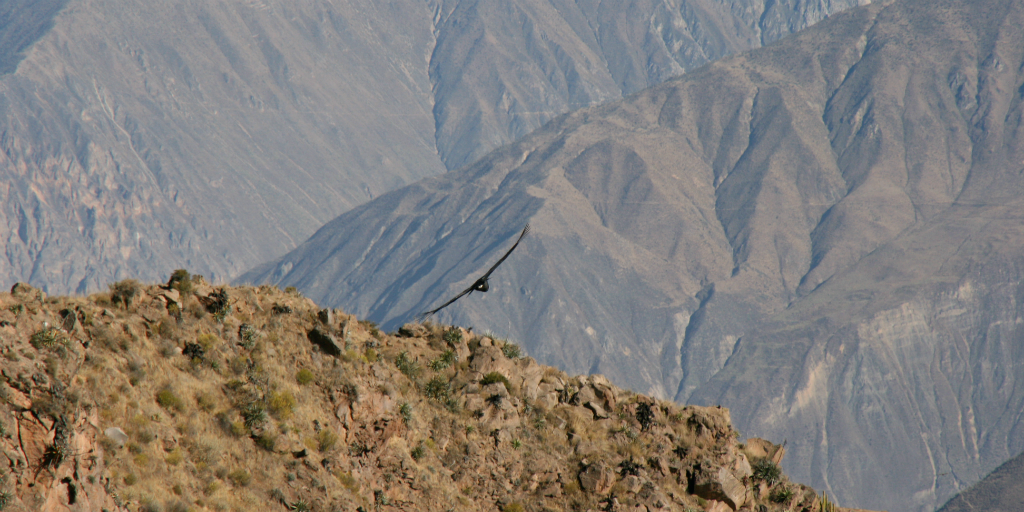
Original image: a Condor in flight by Caitlin Childs is licenced under CC BY-SA 2.0
One of the most interesting facts about Peru is that it has 90 different microclimates – climates that are restricted to a small area, and different from surrounding climates.
So it’s no wonder that the country is home to a wide variety of wildlife and plant species.
One of the best places to go to grasp the sheer range of its diversity is the Manu National Park. This park holds a biodiversity record after recording more than 1,000 species of birds, 1,200 species of butterflies, and 287 species of amphibians and reptiles in 2014.
Another great place to experience this is in the Tambopata National Reserve in the Amazon basin of southeast Peru. With GVI, you can live and work in the buffer zone of the reserve, offering you the chance to witness the incredible biodiversity of this unique location.
Encounter the thriving community of reintroduced spider monkeys – exclusive to this region in Latin America! Additionally, you’ll monitor species such as pumas, jaguars, sloths, monkeys, river otters, and anacondas while gaining insights into rainforest ecosystems and contributing to the preservation of the Amazon Rainforest.
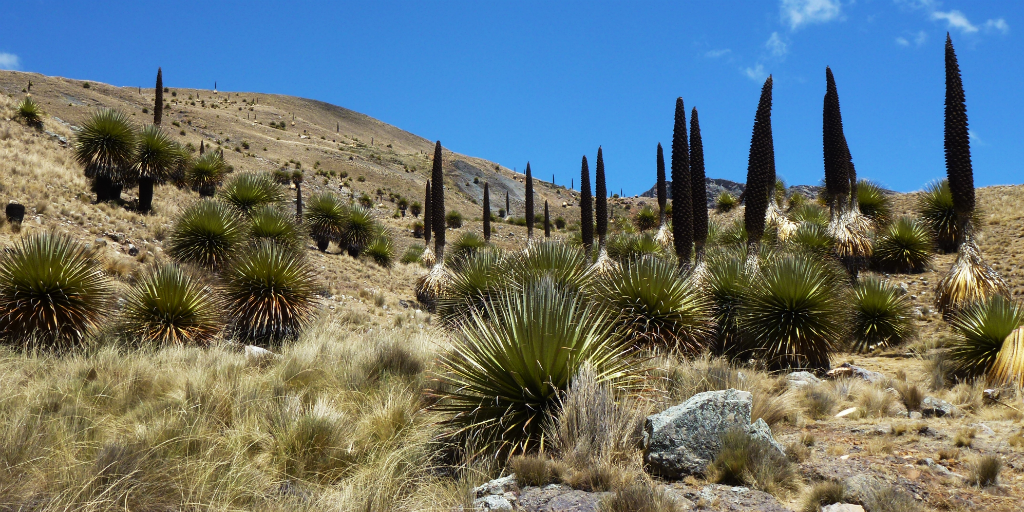
Original image: Puya raimondii by Taco Witte is licenced under CC BY-SA 2.0
The Puya raimondii can grow to a height of five metres.
This plant takes between 80 and 150 years to flower. And, once it does, it can produce over 30,000 white blooms.
It’s only found in the high Andes, growing at an elevation of 3,000–4,800 metres above sea level.
Part of the Amazon rainforest, the Peruvian Amazon covers 60% of the country and is home to around 20% of all bird species in the world. You’ll also find 700 types of ferns and 7,322 different species of flowering plants, as well as roughly 180 species of reptiles, 262 amphibians, 293 mammals, 697 fish, 806 birds and 2,500 butterflies.
Over 3.5 million alpacas call Peru their home. So don’t be surprised if a curious alpaca or two find their way into your picture when you visit this beautiful country.
If you’re excited about seeing Peru’s attractions first-hand, you can easily turn this dream into a reality.
By volunteering in Peru, you’ll get to experience all that this country has to offer while participating in meaningful activities abroad.
Explore Da Nang's vibrant culture and stunning landscapes at Marble Mountains and My Khe Beach. Join the journey today!
GVI
Posted: October 2, 2024